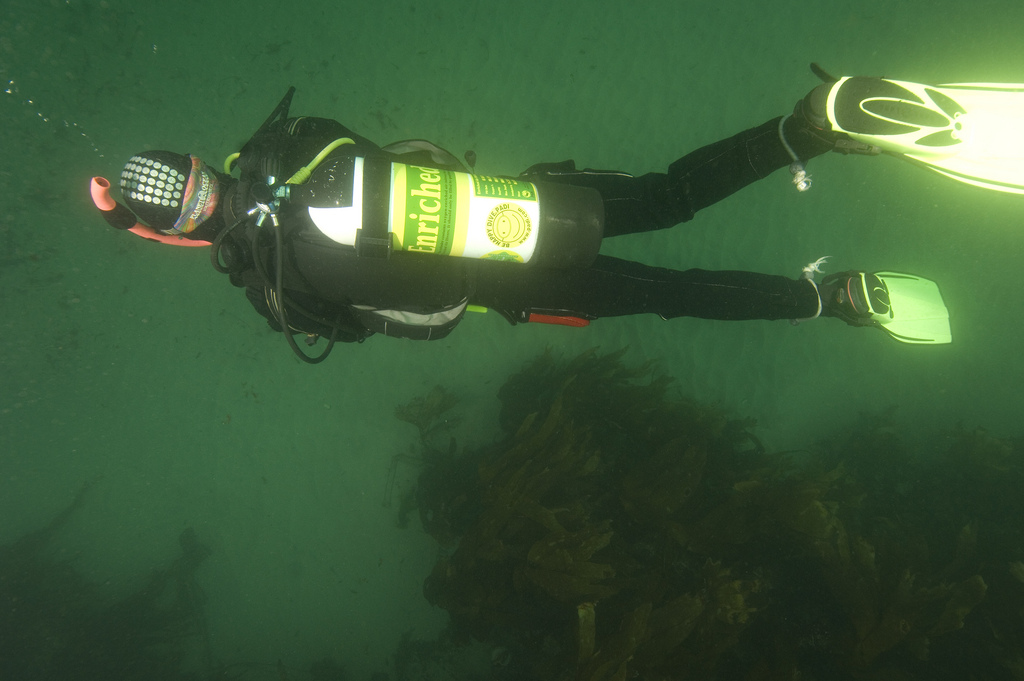Inspection and Loading of bottles
LOADING DIVING BOTTLES
Scuba Elx has an air charging station for bottles of 200 and 300 bar. Air and Nitrox mixtures by membrane are also available. Bottle rental and sale service.
200 bar
- Carga aire
300 bar
- Carga aire
Nitrox
- Carga nitrox
INSPECTION OF DIVING BOTTLES
Inspection of bottles of autonomous breathing equipment. VISUAL INSPECTION and PERIODIC INSPECTION according to the inspection and test procedures described in the technical instructions for Pressure Equipment Regulations, and in the applicable UNE standards for steel, aluminum and composite bottles.INTERNAL CLEANING OF BOTTLESInterior cleaning of bottles, elimination of unpleasant oils and odors. Deodorization and disinfection. SCUBA ELX has different types of cleaning in which it includes a thorough cleaning of all components of valves or faucets, and also the replacement of all o-rings.Repair of valves and their components such as shafts, knobs, closures, casings or decanter tubes. The valves are subjected to a rigorous control looking for possible pores, cracks, permanent deformations and wear in the threaded body,BOTTLE EXTERIOR CLEANINGRepair of superficial damages in the bottles, like blows and scratches.Shot blasting of bottles and painted with epoxy and polyurethane paints in various colors to choose, white, yellow, black, yellow fluorine, etc.
INSPECTION OF DIVING BOTTLES
Registration number in the register of Industrial establishments: 03/72135In accordance with the provisions of the Royal Decree 560/2010 of May 7 that modifies the ROYAL DECREE 2060/2008 of December 12, which approves the Regulation of pressure equipment and approves the ITC Complementary Technical Inspection EP-5 bottles of self-contained breathing apparatus, it is mandatory to pass periodic inspection of the diving bottles every three years and visual inspection every year to avoid safety and legal problems.The annual inspection must be carried out in a Bottles Inspection Center of autonomous breathing equipment for underwater activities and surface works recognized by the General Directorate of Industry, Energy and Mines, as established in said Royal Decree.
Periodic inspection
The PERIODIC INSPECTION of bottles (commonly known as recaptured), establishes the performance of the following inspections and tests every three years:Identification of the bottle and control of recorded marks.External visual inspection: According to the UNE EN 1968: 2003 standard, external cleaning and inspection of physical defects and body materials are included, as well as corrosion on the bottle wall.Interior visual inspection: According to the UNE EN 1968: 2003 standard it includes internal cleaning and inspection of physical defects and body materials, as well as corrosion in the bottle wall.Inspection of the neck of the bottle and the internal threadHydraulic test by volumetric expansionInspection of the valve.

Inspección visual
The VISUAL INSPECTION (called “visual” by the Royal Decree, although it is not a visual inspection or much less) of bottles, establishes the realization of the same inspections and tests as the periodic inspection, except for the hydraulic test by volumetric expansion, to be held annually.The inspection of bottles: current situationFrom the Ministry of Industry, Commerce and Tourism, it’s recommended that diving bottles over 20 years be discarded, although the state of the bottles will depend on the use and maintenance of which they have been subject. With the new regulations, the internal cleaning of the bottle will be carried out annually, as well as the repair of external defects and corrosion.The critical points where the corrosion accumulates in the diving bottles are the upper and lower end of the bottle, the neck of the bottle accumulates corrosion due to the condensation that the bottle suffers when it is opened. On the other hand, the plastic bag that supports the bottle in vertical position accumulates saline water, which with the passage of time affects the protective film of paint and reaches the steel.Internally the water that manages to enter the bottle accumulates in the bottom and by the vertical stowage system to which the bottles are subjected in the diving clubs, it corrodes the bottom of the bottle.a.
Bottle inspection: What should we do with our bottle?No person who doesn’t belong to a Bottle Inspection Center should handle a bottle, open the crying or repair its surface. Only a Certified Center is properly prepared in this area, with machinery, tools and technical specialists. It would be foolhardy to open a bottle, which could damage its valve or close it to a force different from the norm, which would cause an accident when filling it with compressed air.The owner of the bottle should rinse the bottle and its net with fresh water, remove the plastic bag periodically to rinse it whole and avoid bumps. It is recommended to transport empty bottles or at 50 bar pressure.We must demand from dive centers and clubs that the bottles have been inspected annually, for our own safety. We can see that a bottle is checked three-year if in the ogive (upper part) of the bottle there are slits with:
- The date of the last revision.
- The mark of the Inspection Center.
- The date of the next revision.
OUR JOBS
Identification of the bottle and control of recorded marks- External visual inspection- Exterior cleaning- Inspection- Notches, cuts, grooves, projections, cracks …- Fire marks or arc burns or blowtorch- Corrosion- Illegible or unauthorized markings- Integrity of permanent accessories- HeavyMeasurement of thicknesses with ultrasoundInterior visual inspection- Inspection with endoscope- Notches, cuts, grooves- Corrosion- Interior cleaning- Interior drying
4. Inspection of the neck of the bottle and the internal thread – Neck cleaning – Check with gauges5. Inspection of the valve – Change of external o-rings – Valve cleaning. – Test in valves test bench.6. Marking of the bottle / sticker.7.Certificate in paper or digital signed by Superior Industrial Engineer
Get your equipment ready
With SCUBA ELX
- CONTACT


